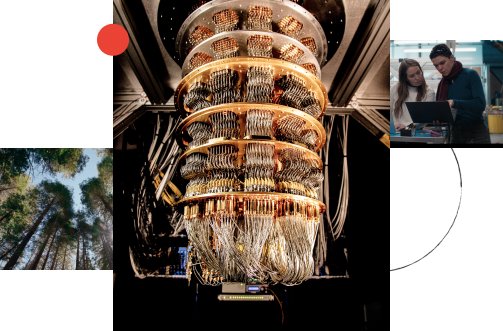Automated loss of pulse detection on a commercial smartwatch
Abstract
Out-of-hospital cardiac arrest is a time-sensitive emergency that requires prompt identification and intervention: sudden, unwitnessed cardiac arrest is nearly unsurvivable. A cardinal sign of cardiac arrest is sudden loss of pulse. Automated biosensor detection of unwitnessed cardiac arrest, and dispatch of medical assistance, may improve survivability given the substantial prognostic role of time, but only if the false-positive burden on public emergency medical systems is minimized. Here we show that a multimodal, machine learning-based algorithm on a smartwatch can reach performance thresholds making it deployable at a societal scale. First, using photoplethysmography, we show that wearable photoplethysmography measurements of peripheral pulselessness (induced through an arterial occlusion model) manifest similarly to pulselessness caused by a common cardiac arrest arrhythmia, ventricular fibrillation. On the basis of the similarity of the photoplethysmography signal (from ventricular fibrillation or arterial occlusion), we developed and validated a loss of pulse detection algorithm using data from peripheral pulselessness and free-living conditions. Following its development, we evaluated the end-to-end algorithm prospectively: there was 1 unintentional emergency call per 21.67 user-years across two prospective studies; the sensitivity was 67.23% (95% confidence interval of 64.32% to 70.05%) in a prospective arterial occlusion cardiac arrest simulation model. These results indicate an opportunity, deployable at scale, for wearable-based detection of sudden loss of pulse while minimizing societal costs of excess false detections.
